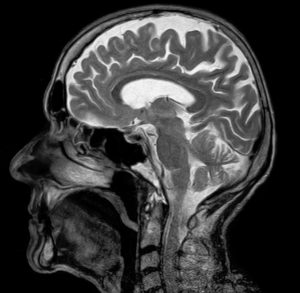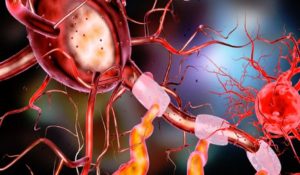 We humans exist in an abundance of opportunities all around us, and even the ones waiting for us to manifest them. We are living in a fantastic point in time to witness people beginning to learn, or should I say remember their true awesomeness and power.
We humans exist in an abundance of opportunities all around us, and even the ones waiting for us to manifest them. We are living in a fantastic point in time to witness people beginning to learn, or should I say remember their true awesomeness and power.
Many are now starting to really develop metacognition. Meaning being able to look inward at ourselves and observe our behavior to see if it is presenting our best version of ourselves. By doing so we are becoming more cognizant of our actions and thoughts, creating new neural networks even into adult years. The field of epigenetics is showing direct links that our genes have with our environments. We are realizing that we are not enslaved to our genes as we once thought we were. We are in control of what genes get up regulated or down regulated and we can do this by simply changing our thoughts and behaviors, and creating new neural patterns in our brains.
The first step in creating new neural patterns comes to us in the form of thoughts. Think of thoughts as electricity, and we are sending out thoughts into the ether all the time. We have roughly 60-70 thousand thoughts a day. The problem is, most of them are constantly torturing us from past experiences or a future experience which may or may not happen. What a waste of energy. When we can focus our thoughts on what we wish to bring into our lives we send a message out to the catalog of the universe. The problem is most of us are not in control of our thoughts and are creating subconsciously. The universe answers every time and fulfills orders just as how they are sent, either good or bad, it doesn’t matter.

Once a powerful thought has occurred emotions start to develop (bliss or fear depending on the thought). Emotions are lower level responses occurring in the subcortical regions of the brain, the amygdala, and the ventromedial prefrontal cortices, creating biochemical reactions in your body altering your physical state. These are linked with the “flight or fight” mechanism and hosts of other reactions. They can even trigger reactions in our genes, turning certain markers on or off. Emotions precede feelings and are usually much more powerful. The amygdala also plays a role in emotional arousal and regulates the release of neurotransmitters essential for memory consolidation which is why emotional memories can be so much stronger and longer-lasting.
Feelings are reactions to the emotions and usually originate in the neocortical regions of the brain. Basically, a feeling is a mental viewpoint of what is going on in the body, it is your brain assigning a specific meaning to an emotion that was produced in the body. These usually require cognitive input from the subconscious and the effects cannot be measured like the effects of emotions can.

Here is an example of a feeling. You’re walking in a zoo you see a lion behind bars, and your feelings may range from curiosity to admiration or bitterness if you believe lions should never be caged. However, if that Lion breaks out you are going to have a strong emotion (fear perhaps) that will cause an immediate surge in fight or flight hormones affecting your physical body.
Thoughts basically are what we send out into the universe, and emotions are like magnets drawing things to us. If we can become more conscious (metacognition) of our thoughts and direct them to what we want then our feelings and emotions will match that vibration and draw like a magnet to us those things we are wanting to experience. By doing so we are breaking old habits or thought patterns and are creating new ones. This can actually change the makeup of the brain, creating new neural connections (neogenesis).
After a while of thinking in a newer fashion, we literally hardwire the new neural connections together and start breaking the old connections down (neural pruning). So ultimately we are consciously creating a new universe with new experiences all around us. Bottom line is we do create our own universe consciously or unconsciously. It all starts with thoughts, yes they do become things. Let’s start making them the things that we want to experience.
drBryan

